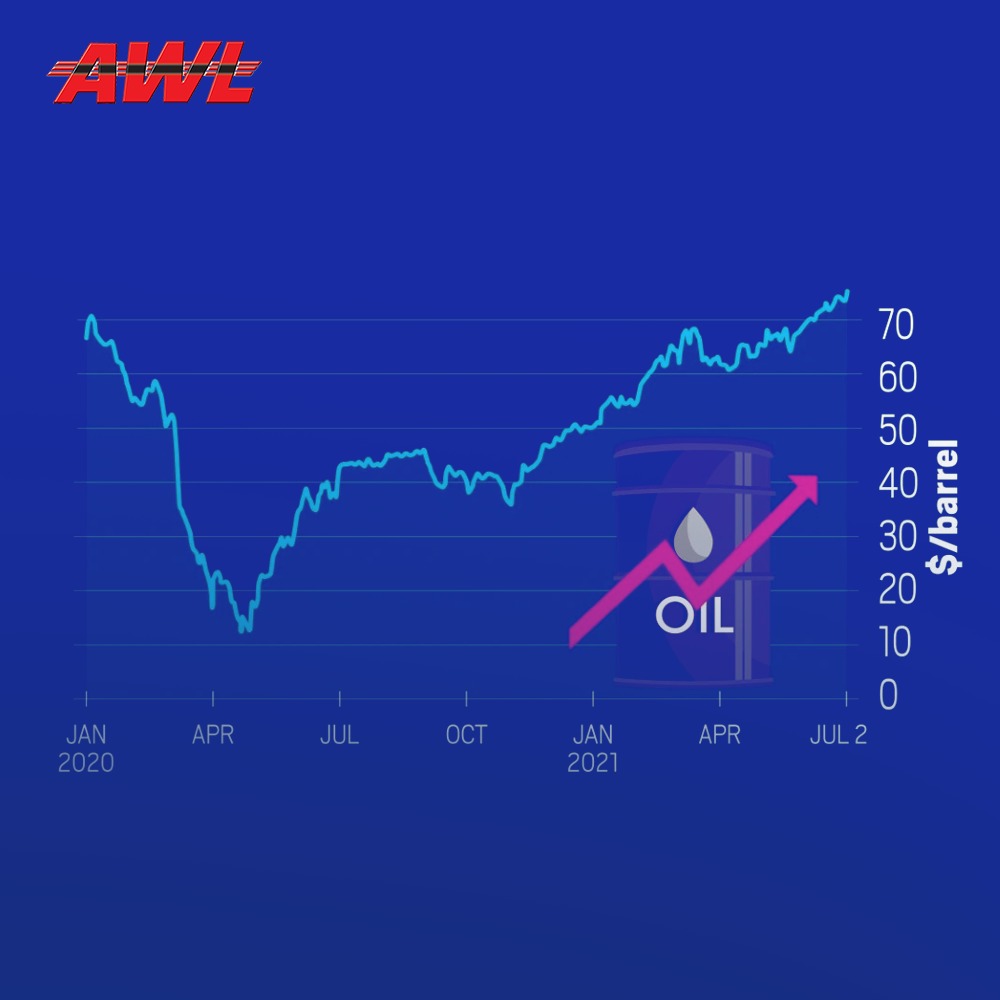

For decades, oil has dominated international conflicts. Oil is one of the most important raw materials that power the world. Since the mid-1950s, it has been the most important energy source worldwide. The petroleum industry is one of the most important components of the world economy and has a significant impact on the development of other industries. The power source is used in automobiles, to provide electricity for heating and water supply in the home, for modern medicine, to deal with chemicals used in household cleaners, etc. Products manufactured in this industry are used in many other major industries, such as the automotive and manufacturing industries.
Some estimation depicts that between the years 1973 - 2012, 25% to 50% of interstate wars were related to oil. The periodicity of the impact of oil on global conflicts is not fully understood. The prices of oil are somewhat cyclical and that’s the reason why the oil geopolitics is inseparable from the same boom and bust cycles. In the present scenario, energy costs are an important price component in the national economy.
In most countries, fossil fuel is the source of energy. So, it is important to pay close attention to oil pricing as it may improve or destroy one’s financial situation. However, the cyclical nature of oil’s contribution to international warfare isn't always properly understood. Not only are oil prices recurring, but the political geography of oil is unalterable to the equal increase and bust price cycle.
While oil charges are excessive, the large influx of petrodollar sales creates disposable earnings that may be without difficulty distributed on local or regional arms races. It is mostly seen that oil-ingesting international location just like the United States is incentivized to grow hands income to fix oil import-associated exchange deficits. Besides moving wealth from industrialized international locations to grease manufacturers in the Middle East and North African locations and Russia, excessive international oil and herbal fuel line charges also sluggish international monetary increase and inspire electricity conservation. All of these causes a lowering in the petroleum demand and a fall in oil pricing.
The crisis due to the pandemic has led to the largest decline in global energy demand in 70 years. The information about the deadly virus - Coronavirus, was first reported to the World Health Organization (WHO) by the Chinese authorities on December 31, 2019. Due to its rapid spread globally, it has infected more than 200 million people and caused the death of approximately 4.3 million people to date.
The oil crisis caused the price of gasoline to rise. The Middle Eastern countries and the North African countries known as MENA, mostly faced the double shock of both the pandemic (COVID-19) and a fall in oil prices. With the involvement of the Organization of Petroleum Exporting Countries (OPEC), the roller coaster ride in oil prices was witnessed. The oil prices had stayed low for a long period and plummeted when the pandemic hit the country in 2020. There was a subsequent fluctuation in oil prices from high to low.
To deal with these two shocks, the authorities started to streamline and adjust their response measures. They mainly focussed on responding to the risks of health emergencies and economic depression. In the context of the continued decline in oil prices and their indirect consequences, the authorities postponed fiscal consolidation until the recovery from the pandemic was sufficiently successful.
Fight among the World Governments over the oil price:
When the pandemic hit the nation, the Coronavirus has seriously affected Iran and has spread to other the Middle East and North African countries. The rapid increase in infections disrupted the production and trade in the country on a larger scale. The negative supply shock was mainly noticed when there were layoffs of the workers. This was because the workers were falling ill due to the COVID19 disease caused by the virus. Due to travel restrictions and quarantine measures, the workers started staying at home. There started the disruption of operations and transportation in the Middle East and North Africa countries.
The Organization of Petroleum Exporting Countries (OPEC) along with some other oil-producing countries stopped producing oil to keep up with declining demand. Oil prices remained at historically low levels before the economy opened up. However, only when India experienced the second wave of the deadly disease, other parts of the countries started to manufacture and supply goods to the other parts of the world with limited restrictions. With the rise in demand for goods, supply went down leading to an increase in prices. Later, there was a tussle between the UAE and Saudi Arabia governments over the production of oil and their respective prices. The competition between the two countries in producing oil and increasing revenue led to sudden loss overnight. Finally, the Saudi Arabian Government agreed to compromise over oil production. The agreement was between the OPEC members and the United Arab Emirates. The OPEC members agreed to increase the amount of oil that the country may eventually extract under a broader agreement with Russia-led producers to increase global supply.
The pandemic has caused a major supply shock and is expected to lead to increased unemployment and poverty. The emptiness of the national treasury has made the fight against the spread of the new coronavirus and its economic and social consequences more difficult. Many countries in the Middle East and North Africa face huge budgets and balance of payments gaps. The vast changes in technology, market, and customer needs will always affect the company's competitiveness that requires continuous adjustment of strategies for positioning of the oil business. At present, the main problem facing the oil industry is to decrease the manufacturing costs and also the cost of supplying finished products to consumers. Effective supply chain management help to improve the efficiency and competitiveness of petrochemical plants and their entire supply. In the supply chain, the enterprise is connected with the suppliers as the flow of materials, information, and funds along the supply chain.

